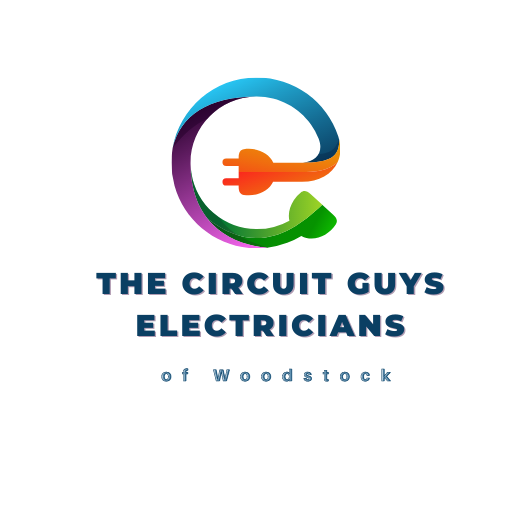Working with electricity is a dangerous occupation. If you get injured by an electrical hazard, you need to know what to do immediately. Electrical hazards can be dangerous and can result in serious injuries if not treated correctly and immediately. Electrical injuries can be fatal if not treated quickly. Electrical hazards can take many forms and can be in the form of live wires, broken wires, faulty appliances, faulty wires, etc. Working on live wires can cause serious injuries such as burns, shock and even death if not treated quickly. Electrical injuries can be challenging to treat as they are difficult to detect and require specialised knowledge to treat appropriately. If you are injured by an electrical hazard, you need to know what to do immediately. Here is what you need to know about electrical injuries and how you should respond if you are injured by an electrical hazard:
Electrical Injuries
An electrical injury is an injury caused by an electrical current. Electrical injuries are often the result of an electrical hazard, such as faulty wiring or an ungrounded appliance, but can also be caused by stray voltage. Electrical injuries are difficult to detect and can mimic other injuries. Electrical injuries are also difficult to treat due to the complex nature of the human body. The severity of an electrical injury is determined by the amount of current flowing through the person. The current flow can be calculated using Faraday’s law of induction. Electrical injuries can be fatal if not treated correctly and quickly. Electrical injuries can be challenging to treat as they are difficult to detect and require specialised knowledge to treat appropriately. If you are injured by an electrical hazard, you need to know what to do immediately. Here is what you need to know about electrical injuries and how you should respond if you are injured by an electrical hazard:
What Is The First Thing To Do If You Are Injured By An Electrical Hazard?
The first thing to do if you are injured by an electrical hazard is to stop the flow of electricity. This can be done by removing the source of the hazard, which is the electrical source that is creating the current. If the source cannot be removed, the source can be short-circuited to interrupt the flow of electricity. The source can be short-circuited by connecting two wires together or by connecting a live wire to a grounded surface, such as the floor or a metal wall. If the source cannot be removed or short-circuited, you can also cover the source to interrupt the flow of electricity. Covering the source can be done by covering the source with a metal sheet or covering the source with sand or dirt. Protecting yourself from the source after interrupting the flow of electricity can be done by wearing rubber or plastic gloves. If you are injured by an electrical hazard, you need to know what to do immediately. Here is what you need to know about electrical injuries and how you should respond if you are injured by an electrical hazard:
Signs of An Electrical Hazard
You can identify an electrical hazard by looking for signs of an electrical problem. Signs of an electrical hazard include a smell or burning smell, a spark, a flickering light, a buzzing sound, or a hissing sound. You can also look for signs of an electrical problem in your home by looking at the breaker box. The breaker box is where the electricity in your home is controlled. If the breaker box is not functioning properly, it can be a sign of an electrical hazard. You can also look for signs of an electrical hazard in your workplace by looking at a power distribution panel. The power distribution panel is where the electricity in your workplace is controlled. If the power distribution panel is not functioning properly, it can be a sign of an electrical hazard. If you are injured by an electrical hazard, you need to know what to do immediately. Here is what you need to know about electrical injuries and how you should respond if you are injured by an electrical hazard:
Emergency Room Care For Electrical Injuries
The best way to treat an electrical injury is to get to an emergency room as soon as possible. The sooner you get to the hospital after being injured by an electrical hazard, the better your chances of survival will be. If you are injured by an electrical hazard, you need to know what to do immediately. Here is what you need to know about electrical injuries and how you should respond if you are injured by an electrical hazard:
Conclusion
Working with electricity is a dangerous occupation. If you get injured by an electrical hazard, you need to know what to do immediately. Electrical injuries can be fatal if not treated correctly and quickly. Electrical injuries can be challenging to treat as they are difficult to detect and require specialised knowledge to treat appropriately. If you are injured by an electrical hazard, you need to know what to do immediately. Here is what you need to know about electrical injuries and how you should respond if you are injured by an electrical hazard.
